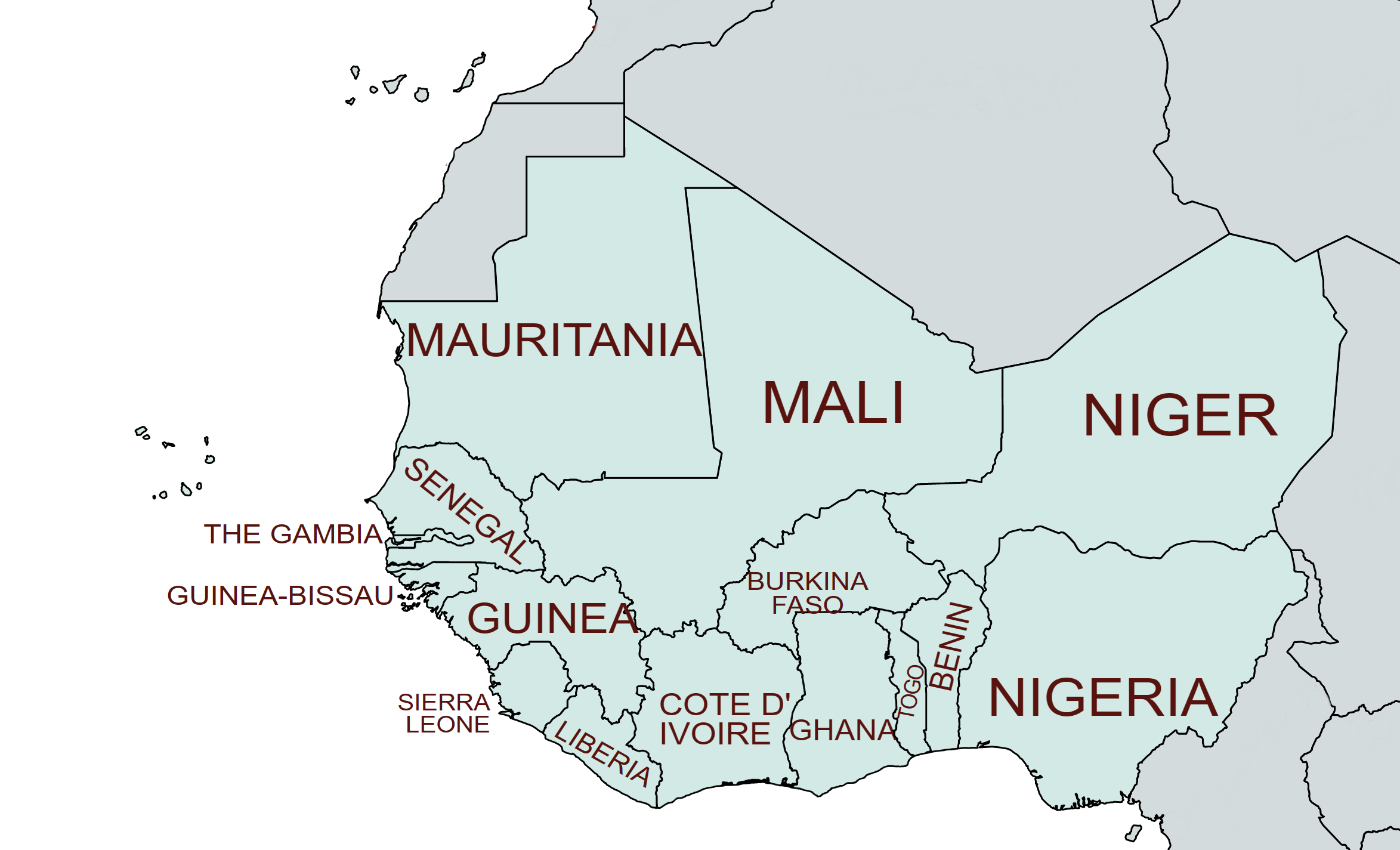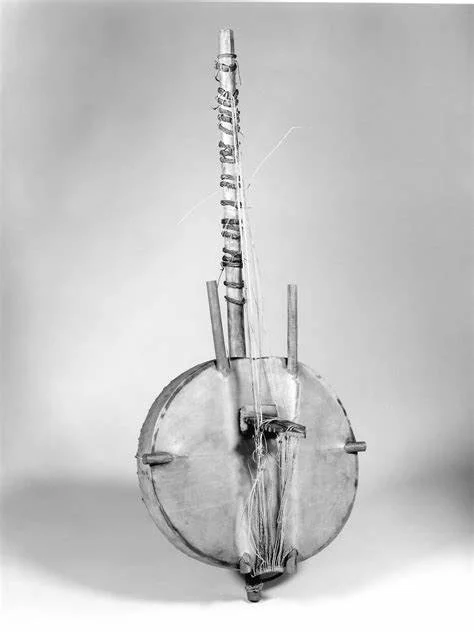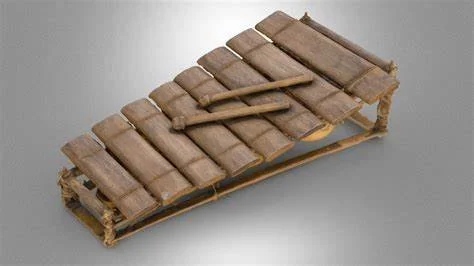From Griots to Mbalax: Traditional West African Music
West Africa is renowned for its vibrant traditional music and dance, which have been an integral part of the region’s cultural identity for centuries. Traditional West African music and dance are deeply rooted in community life and serve as a means of expressing social, cultural, and spiritual practices. The music itself is often played on traditional instruments such as the kora, balafon, djembe, and talking drum.
Music and dance in West Africa are often closely connected, with dancers responding to the rhythms and melodies of the music. The region has a rich diversity of musical styles, each with its own unique rhythms, instrumentation, and cultural significance.
One of the most well-known West African musical traditions is griot music. Griots are musicians and storytellers who play an important role in preserving history and tradition in West African communities. This tradition started in the 13th century in the West African Mande empire of Mali. Griot music is characterized by the use of the kora, a harp-like instrument with 21 strings, and the balafon, a wooden xylophone-like instrument. Griot music often features call-and-response singing, with the griot singing a verse and the audience responding with a chorus.
A kora instrument
A balafon instrument
Another important traditional music style from West Africa is highlife. This music originated in Ghana in the early 20th century, and is characterized by the use of Western instruments such as the guitar, trumpet, and saxophone, as well as traditional African percussion instruments. Highlife music often tells stories of everyday life and is played at weddings, funerals, and other important cultural events.
Jùjú music is another popular traditional music style from West Africa, particularly in Nigeria. Jùjú music is characterized by the use of the talking drum, which is used to mimic human speech, as well as other traditional percussion instruments. Jùjú music often features call-and-response singing and is played at important cultural events such as weddings and festivals.
An example of talking drums and call-and-response singing found in traditional West African music
Mbalax is a traditional music style from Senegal, characterized by its use of the sabar drum, a large cylindrical drum played with both hands. Mbalax music is often accompanied by the tama drum and features complex polyrhythms and call-and-response singing. Mbalax is an important part of Senegalese culture, and is often played at weddings, baptisms, and other cultural events.
There is also the music of the Fulani people, an ethnic group that spans multiple West African countries. Fulani music is characterized by the use of the hoddu, a stringed instrument similar to the lute, and is often played at social gatherings and festivals. Fulani music is known for its intricate melodies and rhythms, and is an important part of Fulani culture.
West African dance is equally diverse to the music styles of the region, with each region having its own unique style and cultural significance. Dance is often used to celebrate important life events, such as weddings, harvest festivals, and funerals, as well as to express religious and spiritual beliefs. Some of the most famous and widely performed West African dances are performed with the djembe, a West African drum played with both hands, and is an important part of many West African dance traditions.
Other popular West African dances include the kpanlogo dance from Ghana, the samba from Senegal, and the agahu dance from Nigeria. These dances often involve intricate footwork, energetic movements, and vibrant costumes, and are performed to the beat of traditional West African music.
Traditional music and dance are an integral part of West African culture and identity. The region has a rich and diverse musical and dance heritage, with each style and tradition reflecting the unique cultural and spiritual values of the communities that practice them. Griot music, highlife, jùjú music, mbalax, djembe dance, and many other musical and dance styles from West Africa continue to captivate and inspire people, not only at Ashkenaz, but around the world with their vibrant rhythms and infectious energy.




